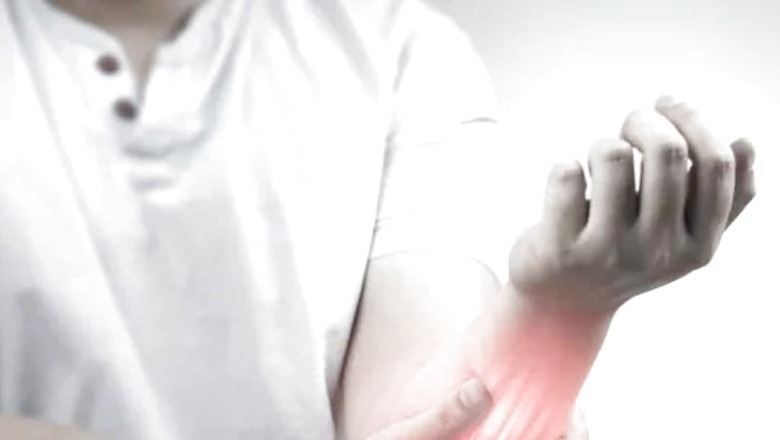
views
Osteogenesis imperfecta, which is also known as brittle bone disease, is a genetic bone disorder. A child born with this rare bone condition usually has fragile bones. Their bones are not formed properly and can lead to fractures at a small age. There are at least eight types of osteogenesis imperfecta which vary in the type of inheritance and symptoms. Some types have mild effects on the bones while others cause serious deformities. The most common type of bone disorder is type 1 which is the mildest of all. Almost half the patients suffering from the brittle bone disease are detected with type 1. In this, the children are more prone to fractures which can be cured easily. Other types are quite rare and more severe than type 1.
Let’s know all about this rare bone disorder.
Causes of osteogenesis imperfecta
The disease is very rare and is passed on through genes. The type of disease varies with the inheritance of the disease. A newborn can take the disease from one parent or both the parents. Not just this, it can also happen due to gene mutation due to unidentified reasons.
The disease causes damage to collagen, which is the connective tissue that provides support to the whole body. The tissue also connects bones and helps them to gain strength. In this condition, the body doesn’t produce enough collagen due to which they lose strength and become fragile.
Symptoms of osteogenesis imperfecta
As the symptoms vary with the type of disease, some of them remain common in all types.
- Fragile bones which can easily break
- Bone deformities
- Sclera, the white region of the eye loses colour and becomes blue or grey
- Round chest
- Curved spine
- Breakable joints
- Weak muscles
- Soft skin, prone to bruises
- Loss of hearing at a young age
- Discolouration of teeth
- Diagnosis of osteogenesis imperfecta
The bone disorder can be detected using common medical screenings such as X-rays and Dual Energy X-ray Absorptiometry scan. The blood, skin and saliva samples are also taken to detect the disease. Another way of diagnosing the illness is through bine biopsy which can be painful than other tests.
Read all the Latest Lifestyle News here




















Comments
0 comment